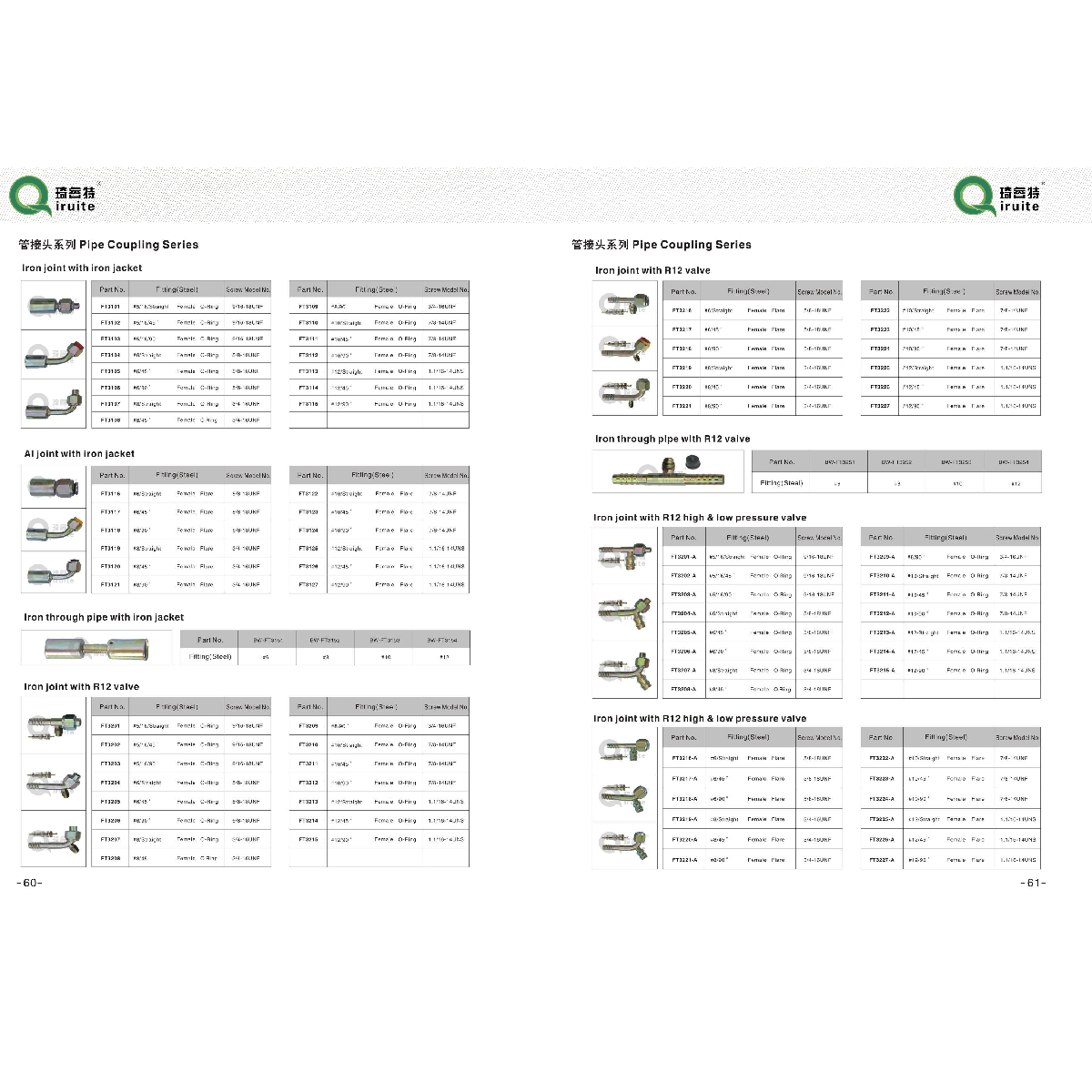tractor trailer air hose
Understanding Tractor Trailer Air Hoses
Tractor trailers, often referred to as semi-trucks or articulated lorries, play a crucial role in the transportation industry, moving goods across vast distances. One vital component of these vehicles is the air hose system, which is essential for the brake function and other operations. Understanding the function and maintenance of tractor trailer air hoses can significantly enhance safety and efficiency on the road.
Air hoses connect the tractor to the trailer, allowing for the transfer of compressed air necessary for the brake system to function effectively. This system operates on the principle of pneumatic pressure, whereby air is compressed and used to engage the brakes when required. The design of the air hose is critical; it must withstand the harsh conditions of the road, including exposure to temperature fluctuations, road debris, and the chemicals found in the trucking environment.
Typically, a tractor trailer will have two primary air hoses the service air hose and the emergency air hose. The service air hose is used for the standard braking system, while the emergency air hose functions as a backup, engaging the trailer's brakes if there is a failure in the service line. This redundancy is vital for maintaining safety on the highways, preventing accidents that could result from brake failure.
tractor trailer air hose

Regular inspection and maintenance of air hoses are imperative for their longevity and functionality. Drivers and fleet owners should check for signs of wear and tear, such as cracks, abrasions, or leaks. A damaged hose can lead to air loss, reducing braking efficiency and increasing the risk of accidents. During routine vehicle inspections, ensuring that connections are secure and that hoses are clean and free from obstructions is essential.
In addition to visual inspections, it's important to be aware of the operational pressures that air hoses undergo. Standard operating pressure for a tractor trailer air system usually ranges from 90 to 120 PSI (pounds per square inch). Exceeding this pressure can lead to failures, so monitoring the system and addressing any irregularities promptly can prevent costly repairs and ensure compliance with safety regulations.
In cases of harsh weather conditions, such as extreme cold or heat, the performance of the air hose can be affected. Drivers should be cautious, as low temperatures may cause the air lines to freeze, leading to brake malfunction. Using insulated hoses or keeping the air system heated in cold conditions can mitigate these issues.
In summary, tractor trailer air hoses are a critical component of the vehicle's safety and functionality. Regular maintenance, inspection, and understanding how these hoses operate within the air brake system can ensure safer travels and minimize the risk of accidents on the road. By prioritizing the health of air hoses, drivers and fleet operators contribute to a safer transportation industry and enhance the reliability of their logistics operations.
-
Ultimate Spiral Protection for Hoses & CablesNewsJun.26,2025
-
The Ultimate Quick-Connect Solutions for Every NeedNewsJun.26,2025
-
SAE J1401 Brake Hose: Reliable Choice for Safe BrakingNewsJun.26,2025
-
Reliable J2064 A/C Hoses for Real-World Cooling NeedsNewsJun.26,2025
-
Heavy-Duty Sewer Jetting Hoses Built to LastNewsJun.26,2025
-
Fix Power Steering Tube Leaks Fast – Durable & Affordable SolutionNewsJun.26,2025

